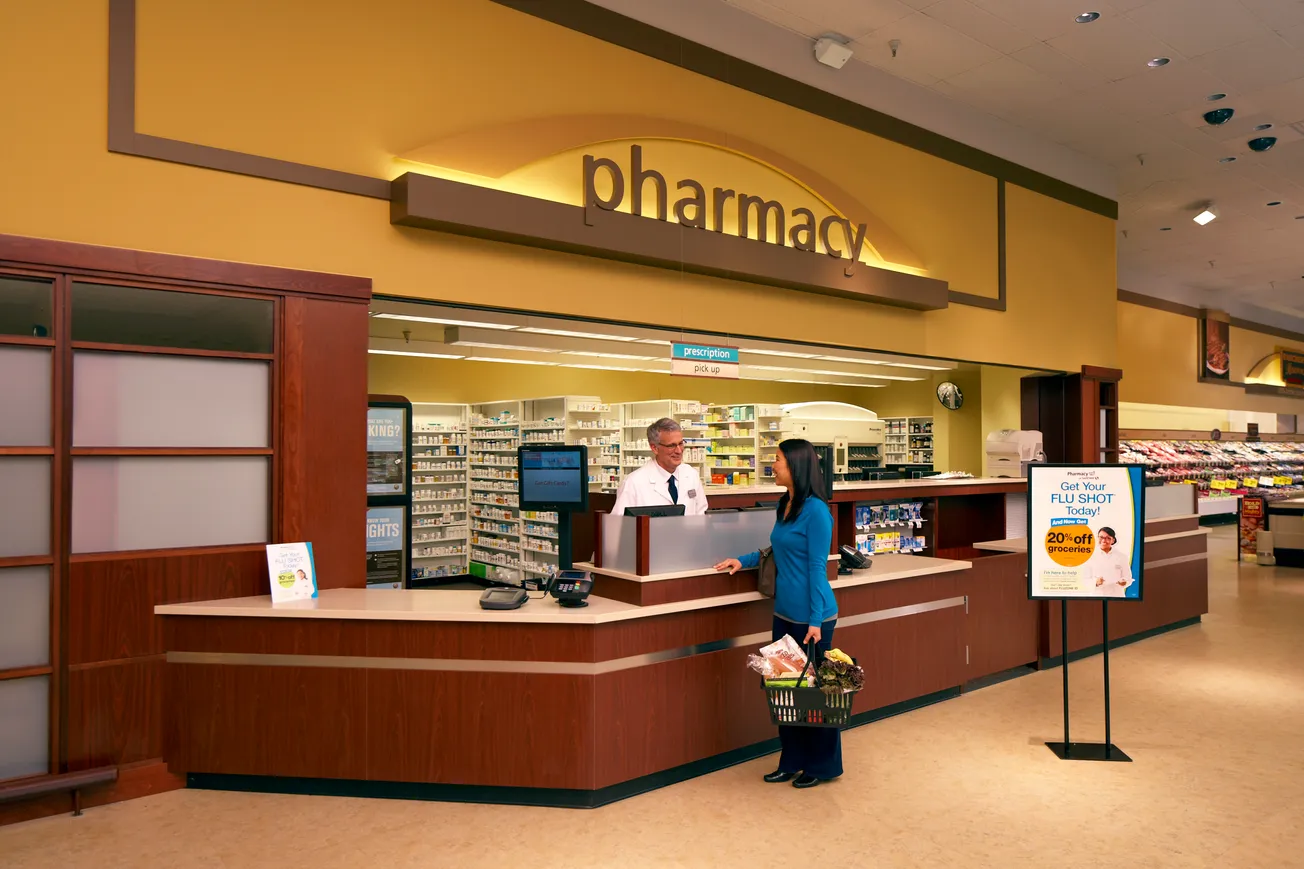Value-based care models have been used in health care for years, trying to strike a balance between coverage, cost and quality. While value-based care is relatively new to pharmacy, we are beginning to see a spectrum of new payment methods ranging from traditional fee for service to shared savings and risk-bearing models based on patient outcomes.

Crystal Lennartz
At a national level, the current pharmacy payment model is based on dispensing without accounting for clinical services that optimize patient care. Payers are preparing for life with direct and indirect remuneration (DIR) fees; however, without another performance-based payment plan to replace DIR fees, pharmacies will have lower reimbursement with no potential upside. Pharmacists routinely counsel patients on medication and health issues, but new payment structures are needed to support pharmacists’ role as health care providers, allowing them to receive consistent reimbursement for disease state management, medication optimization and other valuable preventive services.
The Right Thing for Patients
As more reimbursement is tied to performance in both preferred and nonpreferred networks, most Medicare Part D claims now have some type of performance-related payments — DIR or others. As a result, we are at a stage where community pharmacy must prepare for value-based care and focus on demonstrating the impact pharmacies have on patient outcomes and reducing total cost of care. Not only is it the right thing for our patients, but it is also critical to maintaining the bottom line.
Taking Action in Your Pharmacy
One of the first steps is to evaluate the top plans used by patients at your pharmacy. Once you have identified the key plans, it is important to understand the performance metrics those plans consider. Look for clinical metrics like adherence and gaps in care, and identify operational metrics like formulary compliance, 90-day fills, etc. It’s important to know what influences your performance the most for each payer in order to develop an action plan focused on monitoring your pharmacy performance and acting on patient opportunities. Patient opportunities include EQuIPP outliers, medication therapy management cases and pharmacy management system or other technology that help you identify and prioritize patient outreach.
Address these areas by targeting your patients and continually taking action to drive better outcomes. Engage tools to improve patient behavior and boost outcomes — MTM case completion, refill reminder programs, medication synchronization and behavioral coaching are all keys to this success. Keep in mind, your overall performance score is impacted by your ability to positively influence your patients’ health outcomes and, as independent pharmacy owners and operators, you are already positioned to drive these influential conversations and changes to patient health.
Industry Focuses on Meaningful Efforts
McKesson is working with industry organizations like the National Community Pharmacists Association and the National Association of Chain Drug Stores that are focusing efforts on expanding non-DIR performance-based bonus and activity fee opportunities. NACDS recently urged the Health Care Innovation Caucus to support a number of policy proposals designed to leverage the role of community pharmacy as an accessible, patient-centered health care destination that reaches the majority of communities across the United States, with nearly nine out of 10 Americans living within five miles of a community pharmacy. Independent pharmacy has a proven track record of helping to improve medication adherence and close gaps in care.
For example, in 2016, Wellmark Blue Cross and Blue Shield of Iowa identified high-performing pharmacies in Iowa and South Dakota to participate in a new value-based model, focused on better serving patients with asthma, diabetes, hyperlipidemia and depression. Goals included ensuring patients are on the right drug and remain adherent, and to reduce emergency department visits, hospital readmissions and total cost of care. Preliminary data suggests that more than 25% of participating pharmacies decreased total cost of care.
Pharmacy-Specific Quality Measures
While there are currently no standard quality measures that have been tested and validated down to the individual pharmacy level, Pharmacy Quality Alliance (PQA) is working on a Standard Measure Set for Pharmacy Accountability in Value-Based Models. The proposed set — currently undergoing further development and testing — could establish a new paradigm for collaboration between pharmacies and health plans to improve medication management and patient outcomes for both community and specialty pharmacy. Once developed, the measures could be incorporated in value-based models in Medicare Part D and other programs for 2021 and beyond.
These pharmacy-specific quality measures represent a tremendous opportunity to fully leverage the potential impact of pharmacists as a driver of value and outcomes. It is up to pharmacists to prepare for these sustainable models to be able to demonstrate that community pharmacist-provided patient care delivers better patient outcomes at lower costs.
Crystal Lennartz is vice president of pharmacy performance at McKesson Corp.









